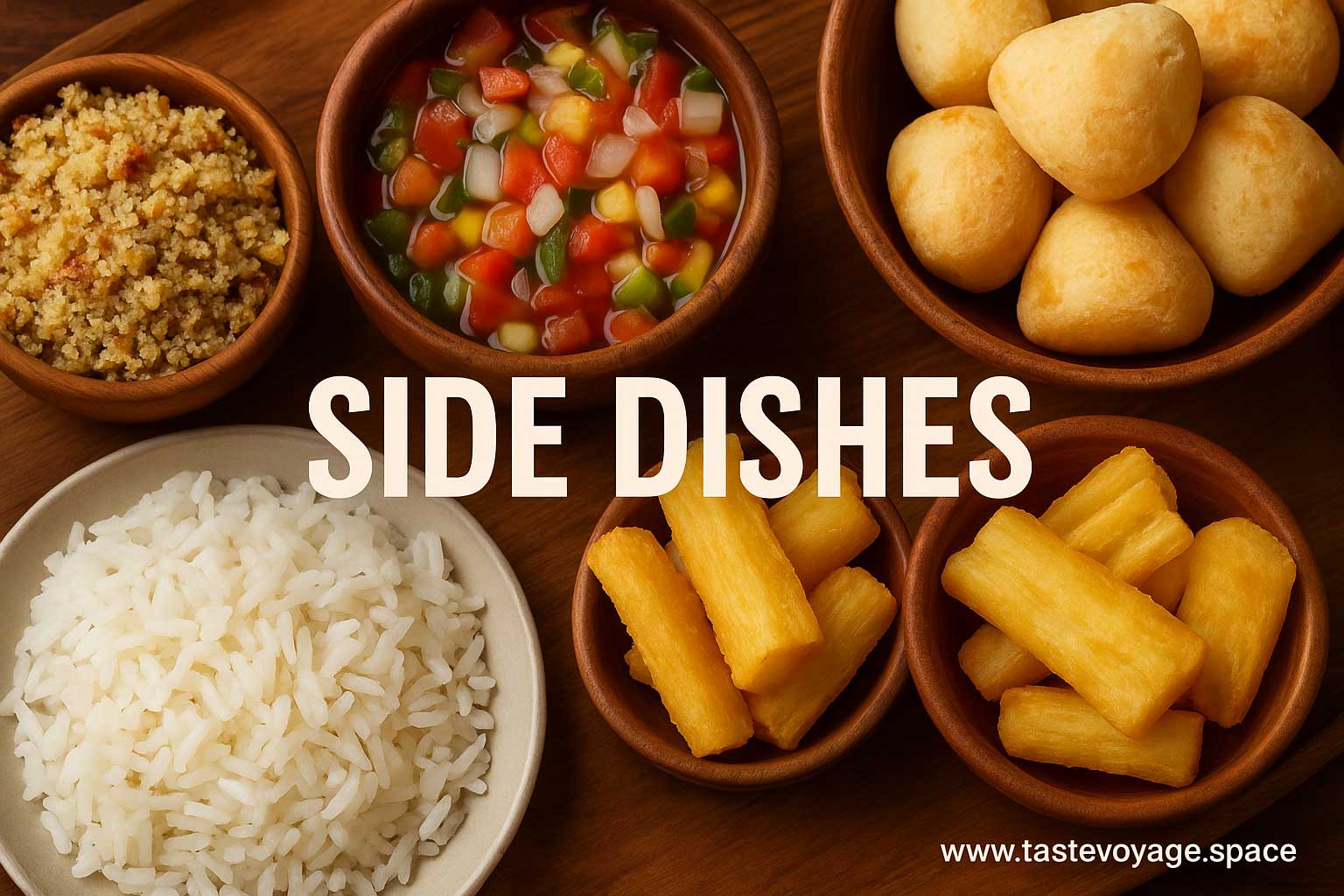Delicious Brazilian Cashew Nut Recipe (Castanha de Caju)
Travel the World Through Food >> Brazilian Cuisine>>Side Dishes>> Delicious Brazilian Cashew Nut Recipe (Castanha de Caju)
Delicious Brazilian Cashew Nut Recipe (Castanha de Caju)
Castanha de Caju: Brazilian Cashew Nut Recipe
A Delicious Taste of Brazil’s Culinary Heritage
Brazilian Cuisine is renowned for its vibrant flavors, diverse ingredients, and rich culinary traditions. Among its most beloved ingredients is the cashew nut, or castanha de caju, which holds a special place in the hearts of many Brazilians. This humble yet versatile nut symbolizes the country’s natural bounty and culinary ingenuity. Its unique flavor profile and culinary versatility make it a staple in many regional dishes and festive occasions throughout Brazil.
The Cultural Significance of Castanha de Caju
In Brazil, castanha de caju is more than just a snack; it is a cultural icon. The nut is harvested from the cashew tree (Anacardium occidentale), which is native to Brazil and thrives in its tropical climate. For generations, the harvesting and processing of cashew nuts have been integral to local communities, supporting livelihoods and preserving traditional techniques. The act of cracking open the shell and extracting the nut is a skill passed down through families, embodying a sense of community and shared heritage.
Beyond its economic importance, the cashew nut is celebrated in popular festivals, markets, and home kitchens. It appears in a variety of Traditional Recipes, from sweet confections to savory dishes, showcasing its versatility and importance in Brazilian culinary practices. The nut’s rich, buttery flavor and crunchy texture make it a favorite ingredient that adds depth and character to many dishes.
Culinary Significance in Brazilian Cuisine
Castanha de caju plays a vital role in Brazil’s culinary landscape. Its flavor complements both sweet and savory preparations, making it a versatile ingredient in the kitchen. The nut is often roasted and seasoned as a snack, enjoyed during social gatherings and festive celebrations. It is also used in the preparation of traditional sweets such as cajuzinho (a sweet treat made with cashew nut paste) and pe de moleque (a crunchy peanut and cashew brittle).
In addition to being enjoyed on its own, the cashew nut is incorporated into sauces, salads, and regional specialties. Its flavor enhances many dishes, providing a subtle sweetness and creamy texture that enriches the overall taste. The nut’s nutritional benefits, packed with healthy fats, protein, and vitamins, further contribute to its popularity and cultural value.
Celebrating a Natural Treasure
The castanha de caju embodies Brazil’s rich natural resources and culinary creativity. It reflects the country’s ability to transform raw ingredients into beloved cultural symbols. Whether enjoyed as a simple snack or used as an ingredient in complex recipes, the cashew nut continues to inspire and delight those who experience its unique taste.
By exploring this ingredient, we gain a deeper appreciation for Brazil’s culinary artistry and the importance of local, indigenous produce. The castanha de caju is more than a nut — it is a symbol of Brazil’s vibrant food culture and a testament to the country’s abundant natural treasures.
Final Thoughts
The charm of castanha de caju lies in its rich history, cultural significance, and culinary versatility. It invites us to celebrate Brazil’s vibrant food heritage and the natural beauty that yields such treasured ingredients. Whether you’re a seasoned chef or a curious foodie, discovering the stories behind this beloved nut offers a flavorful journey into Brazil’s culinary soul.
